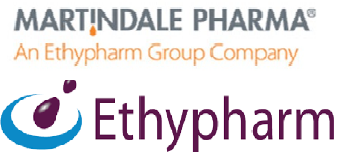General adverse effects of excess sodium chloride in the body include nausea, vomiting, diarrhoea, abdominal cramps, thirst, reduced salivation and lachrymation, sweating, fever, hypotension, tachycardia, renal failure, peripheral and pulmonary oedema, respiratory arrest, headache, dizziness, restlessness, irritability, weakness, muscular twitching and rigidity, convulsions, coma and death. Excess chloride in the body may cause a loss of bicarbonate with an acidifying effect.
Infants may appear not to be severely dehydrated, but coma and convulsions may persist due to vascular injury. They may show respiratory distress with tachypnoea and flaring nostrils.
Intra-amniotic injection of hypertonic solutions of sodium chloride can lead to serious adverse effects including disseminated intravascular coagulation, renal necrosis, cervical and uterine lesions, haemorrhage, pulmonary embolism, pneumonia and death.
Reporting of suspected adverse reactions
Reporting suspected adverse reactions after authorisation of the medicinal product is important. It allows continued monitoring of the benefit/risk balance of the medicinal product. Healthcare professionals are asked to report any suspected adverse reactions via the Yellow Card Scheme at: www.mhra.gov.uk/yellowcard or search for MHRA Yellow Card in the Google Play or Apple App Store.



